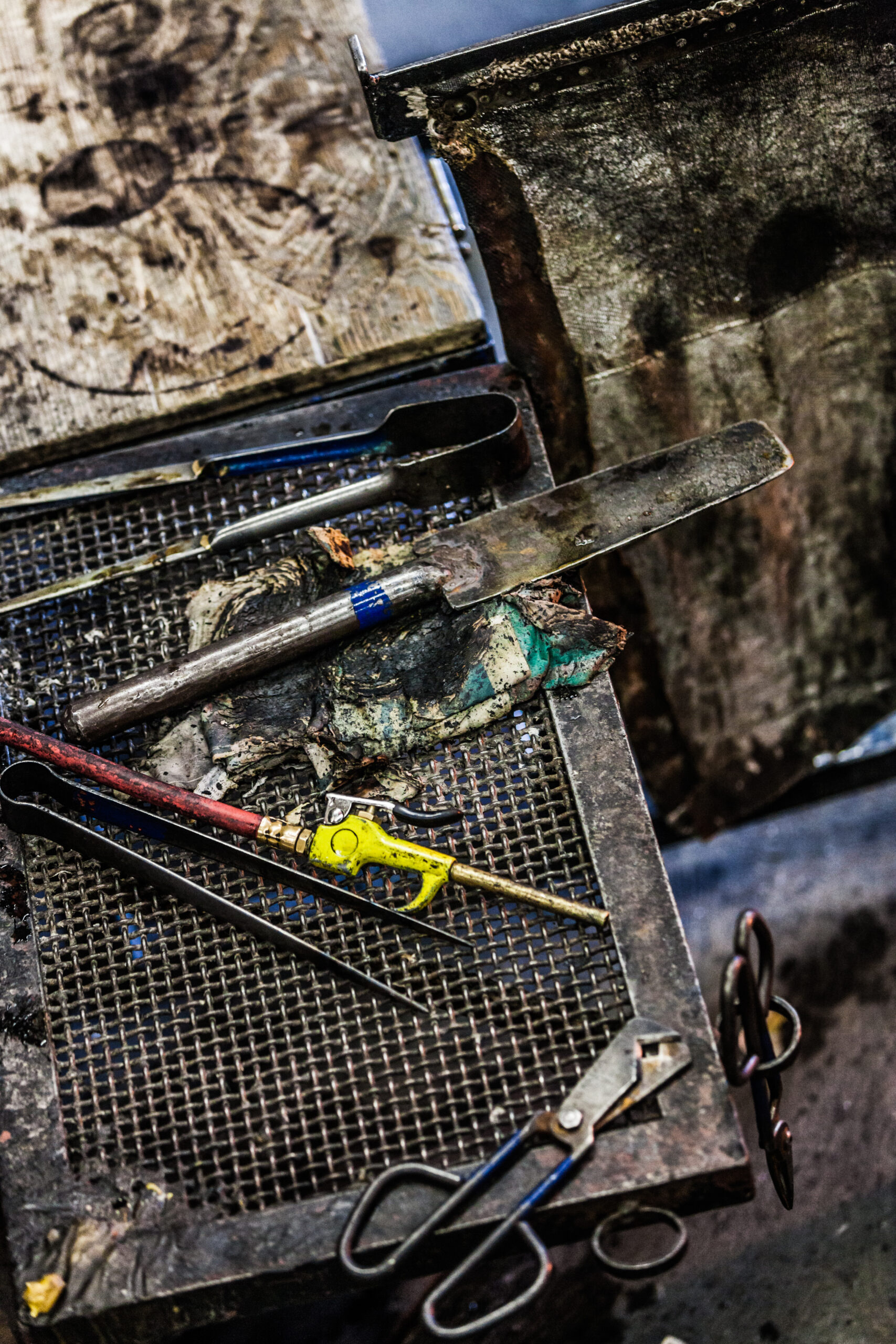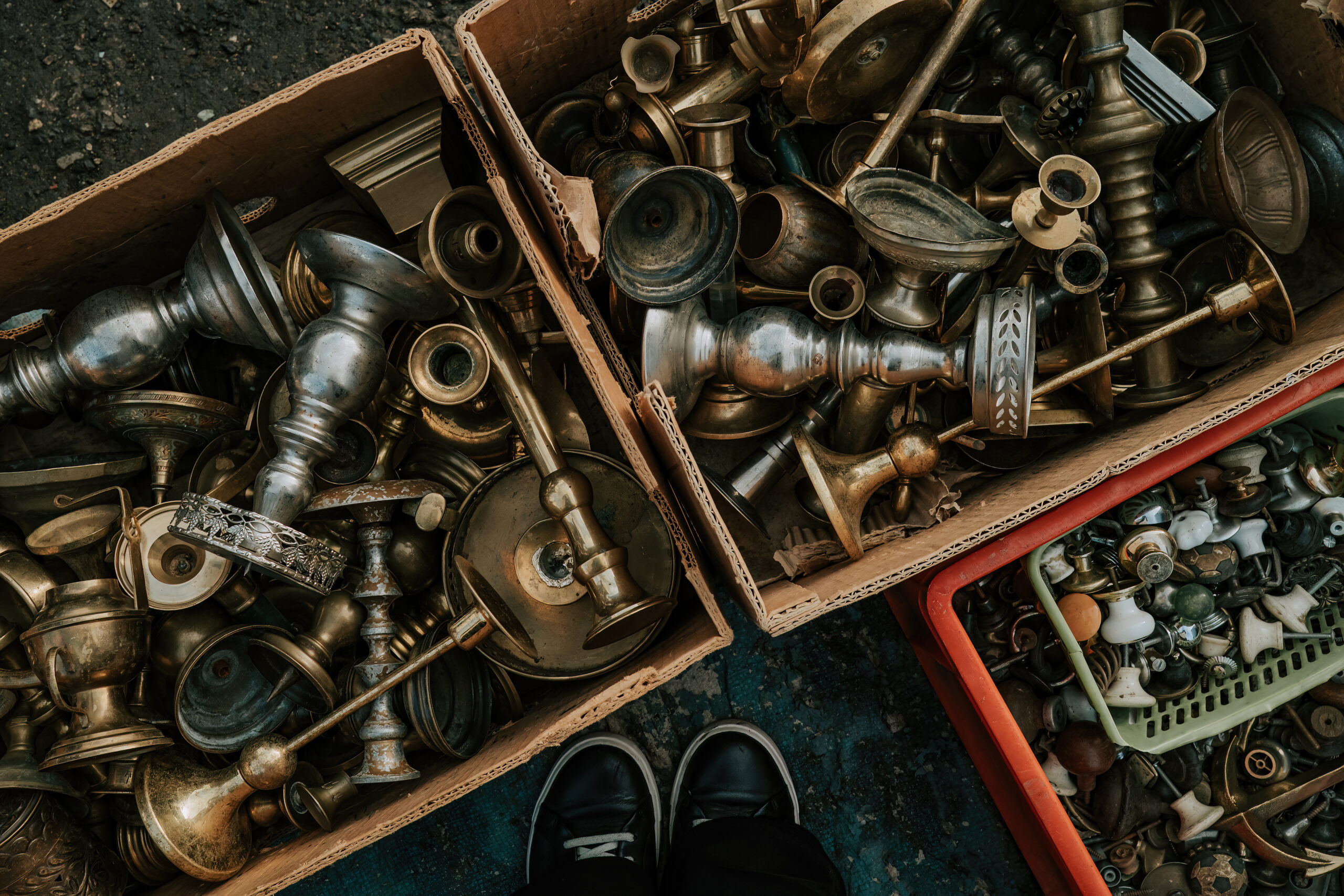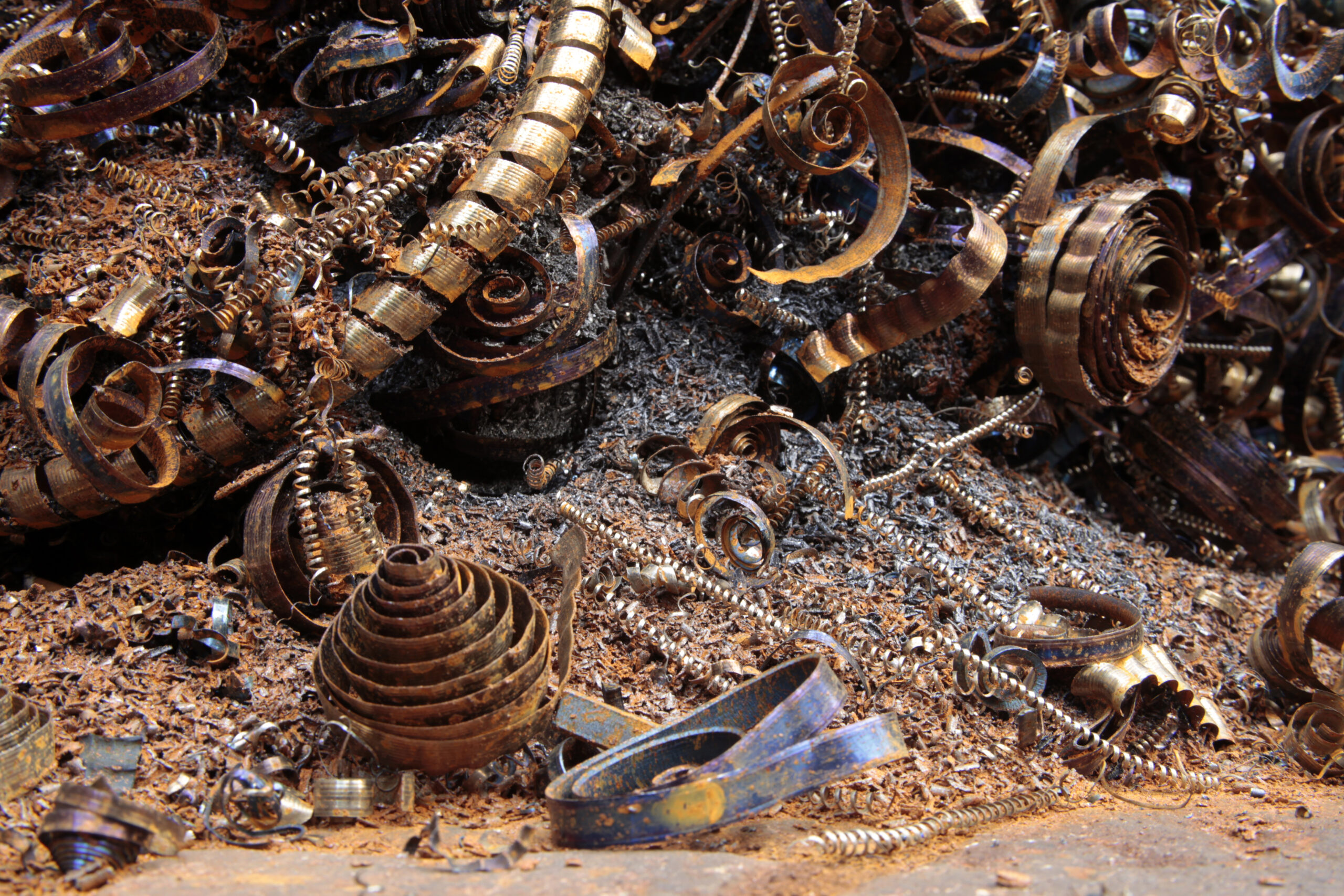
We often see clients–typically residential, but we won’t discount businesses–that call in with a heap of scrap metal for recycling. Let us first congratulate you. You chose to recycle your scrap metal and, more importantly, chose Norstar to do so. Those choices must be acknowledged and appreciated–well done.
The next step is organising that scrap metal efficiently to get the best bang for your buck. Because that’s the best part about recycling scrap metal–the financial reward (not to mention the feeling that you’re doing something good for the world and abating some evil carbon emissions). But let’s focus on the individual, and what you’ll gain from a well-organised scrap metal collection–a larger financial incentive. Here’s an article on the environmental benefits of metal recycling.
So, here’s how to ensure you get the most money for your scrap metal recycling efforts.

Step 1: Identify Your Scrap Metal
The first step in recycling is identifying what kind of metal you have. Common types of scrap metal include:
- Ferrous Metals: These contain iron and are magnetic. Examples include steel and cast iron. We have further information on ferrous metals and the how it’s recycled, here.
- Non-Ferrous Metals: These do not contain iron and are not magnetic. Examples include copper, aluminium, brass, and stainless steel. For more examples, we have an information page here.
You can use a magnet to quickly identify ferrous metals.
Step 2: Sort Your Metal
In order to recycle any metal materials, they must be sorted into type. Each type of metal has it’s own recycling process, they cannot be bundled together into one molten mess.
Therefore, during the recycling process, and in order to get the best value for your donation, sorting your scrap metal by type is crucial.
Keep ferrous metals separate from non-ferrous metals.
What if I don’t sort my scrap metal?
If you don’t separate your scrap metal by type, then when it’s weighed, your financial incentive will be the baseline of whichever metal type is the cheapest.
Ie. if you’ve mixed gold in with your aluminium, you’re only getting the value of the aluminium. So, it’s worth taking the time to sort.
Step 3: Clean Your Metal
Clean your scrap metal by removing any non-metal attachments or contaminants.
For example, if you have a steel pipe with plastic fittings, remove the plastic before bringing it to a scrap metal recycling centre.
Don’t worry, it doesn’t need to be squeaky clean, but removing plastic and thick hunks of paint, will make the process smoother.
Step 4: Prepare for Transportation
Once your scrap metal is sorted and cleaned, it’s time to transport it, or prepare it for transportation.
If you’re recycling scrap metal from a residential property–perhaps, old cutlery or offcuts from some DIY–then you probably have a small amount that can be chucked in a box and delivered to one of our Melbourne scrap metal recycling centres.
If you have a larger amount of scrap metal, or you’re a business that needs assistance, we do offer bins, available on request, or a free pick up service. There is more information on our free scrap metal collection service here.

Step 5: Choose a Recycling Facility
Choose a reputable recycling facility like Norstar. We have branches across Melbourne, to take your scrap metal. Check out our locations here to find your nearest one.
We can tell you if there are any specific requirements for the types of metal we accept and how we recommend they’re prepared for you to receive the highest financial compensation.
Step 6: Transport Your Metal
Safely transport your scrap metal to a Norstar recycling facility.
Step 7: Get Paid
Once your metal is weighed and assessed, you’ll receive payment based on current market rates.
For more information on Victoria’s regulations around payments for scrap metal, please see their website, here.
Conclusion
Recycling scrap metal is a win-win for both the environment and your wallet–here’s an article we wrote on Scrap Metal Recycling and Sustainability.
If you have any questions about the services we offer or think Norstar sounds right for you, contact our qualified team by using our form or call us at 1800 472 727.
